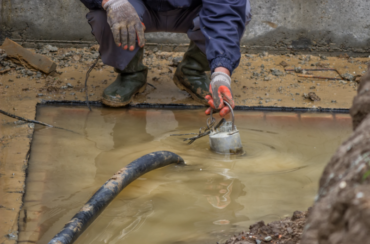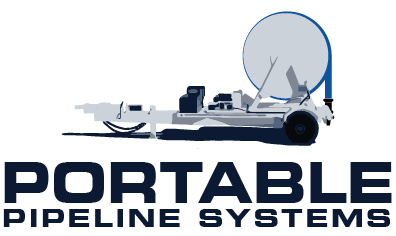The Importance Of A Flood Control System: How To Prevent Disaster And Recover From Floods

People tend to think of flooding in black and white terms, meaning either a couple of inches of water in their basement or a disaster-level event that’s forcing boats into the streets.
While you should prepare for both of these scenarios, there is an entire range of potential flood risks to any area. How you can be best prepared will depend on your local resources and environmental hazards.
There’s a lot to consider, and if your flood control systems fail, you will need ways to quickly and effectively remove the water before it can cause further damage.
What Is A Flood Control System?
A Flood control System includes any preventative measures taken to lessen the impact of floods. It can range anywhere from creating reservoirs to preventing rivers from flooding or preparing sandbags and inflatable tubes.
The exact flood control strategies will vary on a location-by-location basis. While every town and city has a flood control plan, not everyone has to worry about it. Some officials wouldn’t even remember they had a plan when the time came.
In NYC, the subways are closed off with “flex gates” in the event of a flood preventing excessive damage to its railways.
New Orleans, on the other hand, is protected by a series of levees and floodgates. As you would expect, New Orleans has a lot more at risk because of how much of its ground is below sea level.
The fact is that even in low-risk areas, an unexpected flood can be incredibly damaging. Therefore, it is in everyone’s best interest to prepare to protect both personal safety and property damage.
This also means having emergency personal and disaster responders trained in how best to handle flooding. In most cases, the flooded area will need to be evacuated for individual safety and to speed up water removal.
Even when handled in the best possible way, it is impossible to negate the flood effects completely. As with any natural disaster, you can expect a certain level of damage. It then becomes the responsibility of disaster responders to minimize as much of the risk as they can.
What Causes Floods?
There are many causes of floods, most of which are natural. However, it is possible that preventative measures failing or a water main/wastewater system breaks can cause flooding.
Intense rainfall, strong winds over water, or even unusually high tides could all be reasons for an unexpected flood. In addition, the quality of soil can impact flooding, as it decides how much water will be absorbed by the land.
How severe the flooding is will depend on what causes it and if any other conditions are coming into play. It won’t always be a pleasant and sunny day when it floods. Inclement weather could do its part in causing flooding and impeding response measures.
When a river floods with no warning, this is called a sudden flood. These floods can be the most damaging because they are the hardest to respond to effectively.
In any situation, how people respond to this type of disaster will be critical. Unfortunately, most people are not trained in flood response and never expect they’ll need to be, making the eventual failure of flood control systems a rude awakening for everyone involved.
What About When Flood Control Fails?
When flood control measures fail, there can be extensive damage to personal property and personal injury. Of Course, nobody wants this to happen, which is why each state has disaster response teams to evacuate individuals from the dangerous area.
Unfortunately, emergency personal can’t evacuate cars and homes. So until the floodwater clears, they will be at constant risk.
Top 5 Damaging Effects of Floods
- Health and Safety Risks
- Loss Of Life
- Emotional Hardship
- Property Damage
- Economic Loss
A severe flood can and will impact all areas of life for everyone involved. Imagine losing the entire first floor of your home and everything in it, as well as your car’s interior. To make matters worse, not all insurance companies cover flood damage, so any damage would be unrecoverable.
Remember that getting everyone out of the flooded area is always the priority. Property is essential but not so much that it should cost anyone’s safety.
Once the cleanup has started, and everyone is on their way to a relief shelter, solving water buildup becomes the priority. Local wastewater systems can only handle so much, and leaving the overflow to dry won’t be an option.
Responders need a safe, effective, and reliable system to remove water without putting themselves at any additional risk. This means attacking the problem with a bunch of buckets probably won’t be much help either.
One of the best ways to deal with floodwater is an Above Ground Water Transportation System. Similar to how you might clean your pool, but on a larger scale, these above-ground systems are portable means of sucking up large quantities of water.
It can either be directly into a transportation container or just out of the flooded area. The best of these systems are durable and flexible enough to fit any scenario. They can be helpful as well for dealing with water main breaks.
Protect yourself and the people you serve by being prepared for any scenario. Don’t take floods lightly, be prepared, and stay flexible.



 Sales Office Location
Sales Office Location
 sales@portablepipelinesystem.com
sales@portablepipelinesystem.com